Silvers Museum Florence
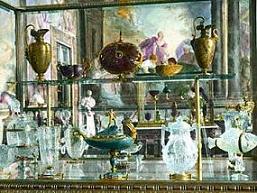
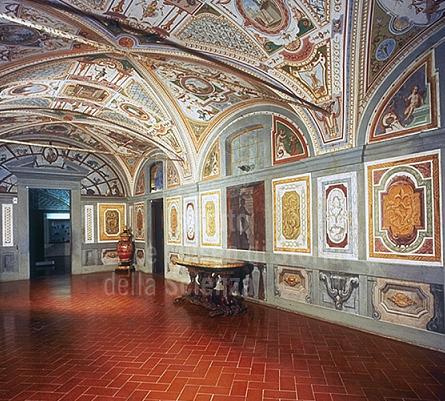
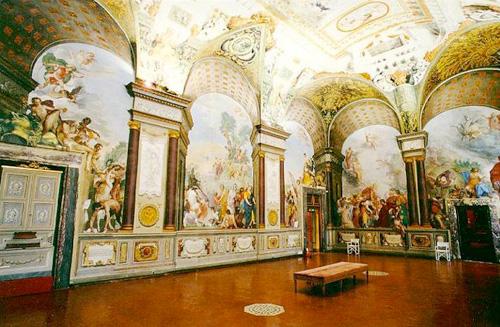





Piazza de' Pitti - 50121 Firenze
3
055-294883
The museum of Silver conserve the Treasure of the Medici and the Treasure of Salisburgo, composed by sacred and profane silver of the XVI, XVII and XVIII centuries, that they have given the name to the museum. In the Room of the Donations we find one collection of jewels pertaining to periods between the XVIII and XIX the century.
Since 1919 the Museo degli Argenti or Silver Museum has been sited in the ground floor rooms of Palazzo Pitti, originally the grand ducal summer apartment, and in the mezzanine. In it are gathered together various kinds of precious objects such as gems, cameos, semi-precious stones, ivories, jewels and silver. These record the sumptuous life and collecting of the various dynasties which ruled Florence from the Medici to the Lorraine. Its lack of unity renects the diversity of tastes, fashion and working methods of the four centuries of collecting and patronage which went to make it up.
The basic core of the collection is of Medici origin and was originally gathered in the palace in the Via Larga (now Via Cavour) in the Quattrocento, where Cosimo the Elder had begun a large and diverse assembly of art objects. This was continued by his son Piero, who was the real founder of the family collections. One of the oldest and most valuable categories was made up of Lorenzo the Magnificent's vases, which were extremely important both historically and aesthetically. The eighteen which remain represent only a tiny part of the original collection and testify to the love of hard and semi-precious stones which is a constant of Medici taste.
With Grand Duke Cosimo I in the sixteenth century one may say that the real story of the collection begins, a collection which reflects Cosimo's acuity in making Florence one of Europe's major centres for the production of the so-called 'minor arts' through his protection of artists and his many commissions. Among these artists was Benvenuto Cellini (1500-1571), who was responsible for the acquisition of many of the crystal vases now in the Museum. Thus originated the grand ducal workshops, which were strengthened by Cosimo's son, the Grand Duke Francesco and organized in their own independent premises by Ferdinando I de' Medici in the early seventeenth century. Engravers of crystal, cameos and semi-precious, gold and silverworkers all competed in displays of invention and superb technique to produce the objects which still constitute the principal core of the Museum. Among the most refined of these is the gold mounted lapislazuli vase by the goldsmith Bilivert (1576-1644) to the designs of Bernardo Buontalenti (1536-1608). Alongside these examples of the Mannerist taste of the sixteenth century are the engraved ivories brought from Germany by Prince Matthias de' Medici in the seventeenth century.
Along with the large collections of cameos, some Roman, and the so-called 'Galaterie gioiellate' of Anna Maria Luisa de' Medici (eighteenth century) who commissioned precious jewellery throughout Europe are foreign objects brought to the Pitti mainly by Ferdinando III of Lorraine after his return from exile during the Napoleonic period. The oldest and most beautifully worked are the gold plates, beakers, 'corni potori' and wooden cups mounted in silver and enamel.
The orginal importance of the rooms of the Museum has been revalued, underlining even the most bizarre aspects of the Medici taste displayed here but also taking account of the superb decorations which they house. These include the great room frescoed by Giovanni da San Giovanni (1592-1636) with his assistants on the occasion of the marriage of Ferdinando II and Vittoria della Rovere in 1634, where the theme is the evocation through mythology of Medici history at the time of Lorenzo the Magnificent
Where we are
Others Museums
Previous
Next
-
Area: Semi-Centro
-
Area: Centro storico
-
Area: Centro storico
-
Area: Centro storico
-
Area: Centro storico
-
Area: Centro storico
-
Area: Centro storico
-
Area: Centro storico
-
Area: Centro storico
-
Area: Centro storico
-
Area: Centro storico
-
Area: Centro storico
-
Area: Centro storico
-
Area: Ponte Vecchio
-
Area: Centro storico
-
Area: Centro storico
-
Area: Centro storico
-
Area: Centro storico
-
Area: Centro storico
-
Area: Centro storico
-
Area: Centro storico
-
Area: Centro storico
-
Area: Centro storico
-
Area: Centro storico
-
Area: Centro storico
-
Area: Centro storico
-
Area: Semi-Centro
-
Area: Centro storico
-
Area: Centro storico
-
Area: Centro storico
-
Area: Centro storico
-
Area: Centro storico
-
Area: Centro storico
-
Area: Centro storico
-
Area: Centro storico
-
Area: Centro storico
-
Area: Centro storico
-
Area: Centro storico
-
Area: Centro storico
-
Area: Centro storico
-
Area: Centro storico
-
Area: Centro storico
-
Area: Centro storico
-
Area: Centro storico
-
Area: Centro storico
-
Area: Centro storico
-
Area: Centro storico
-
Area: Centro storico
-
Area: Centro





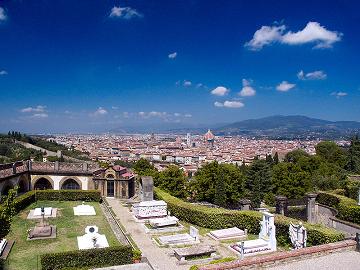
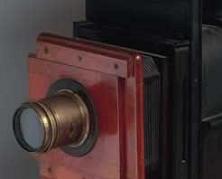
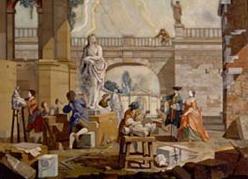
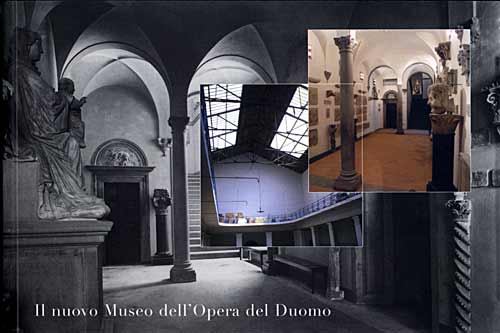
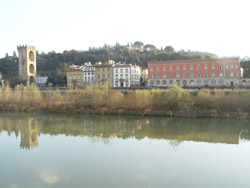
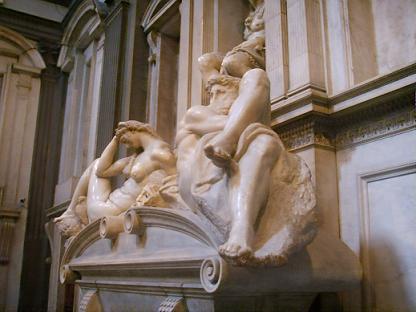
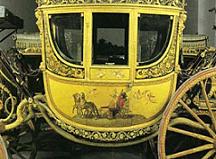
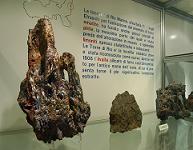
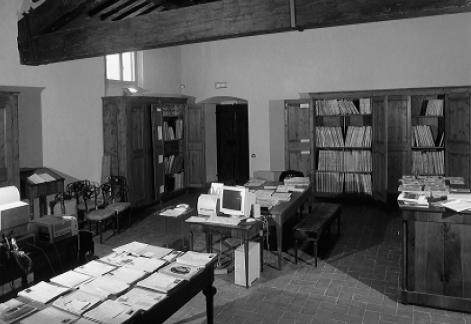
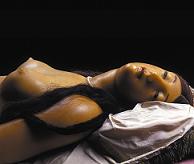
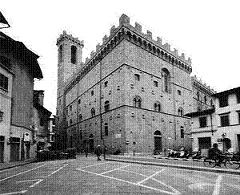
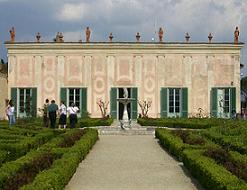
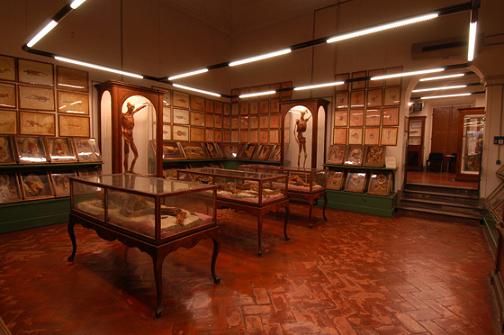

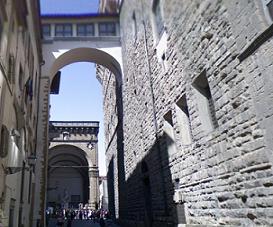
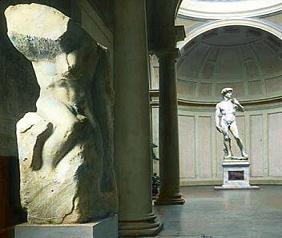
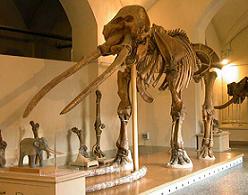
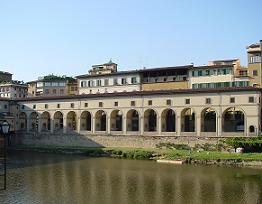
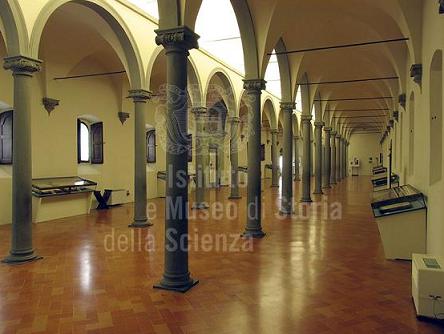
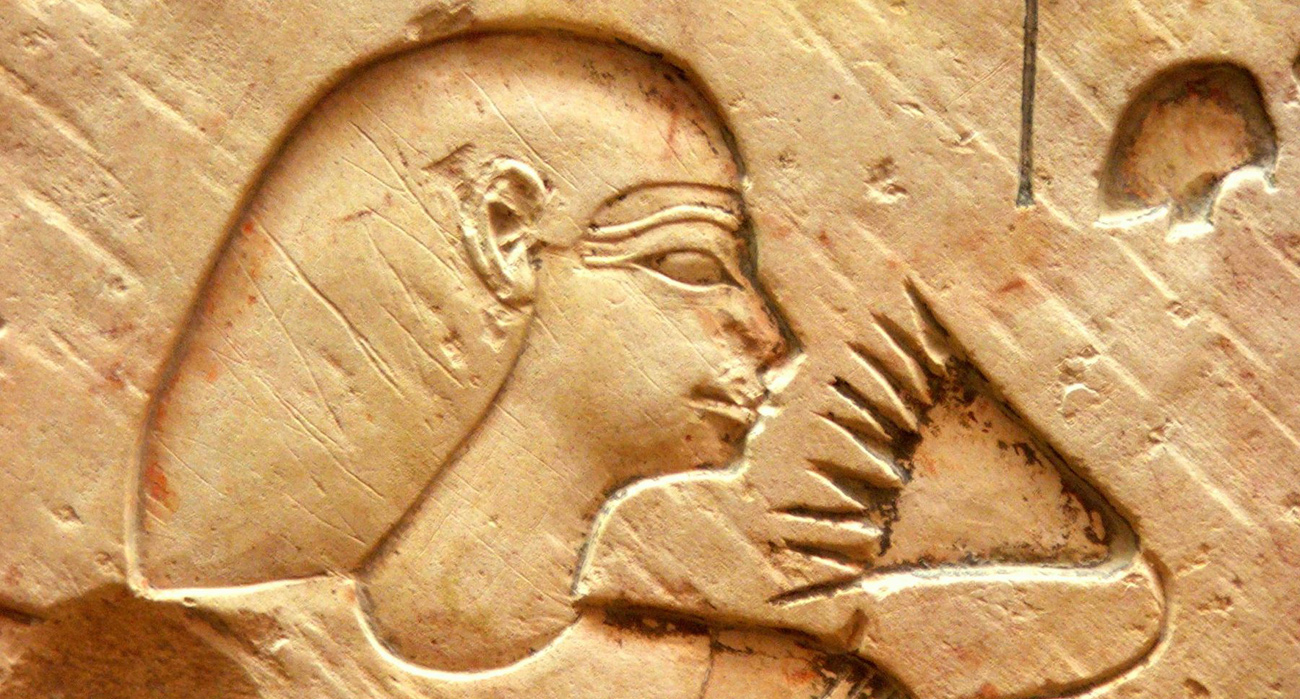
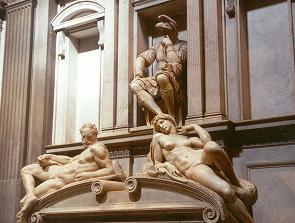
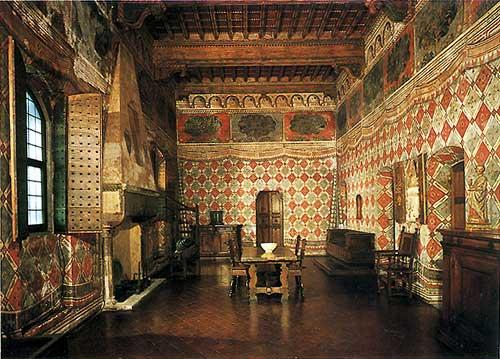
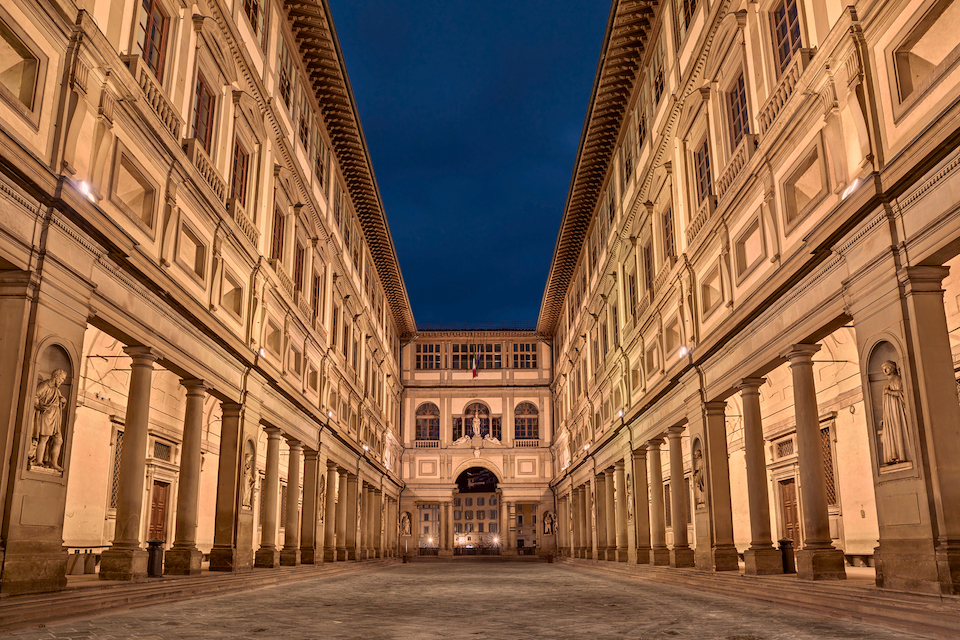
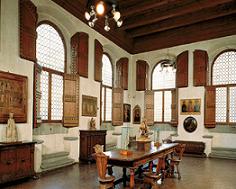
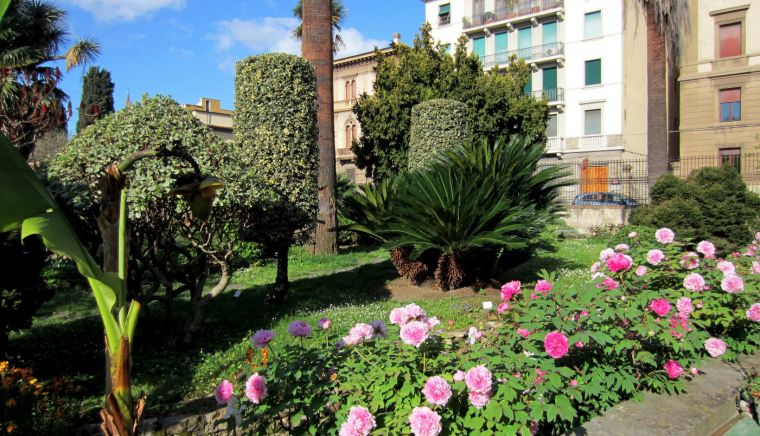
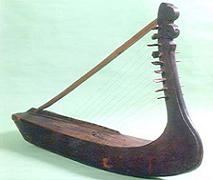

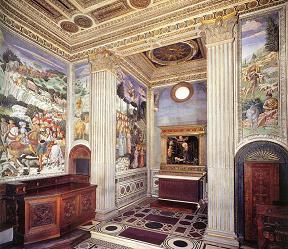
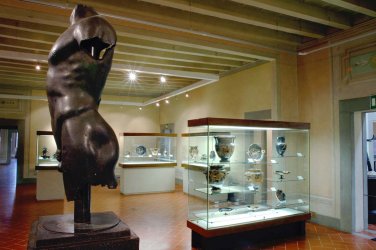
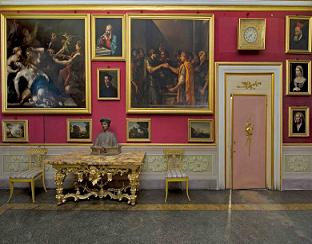
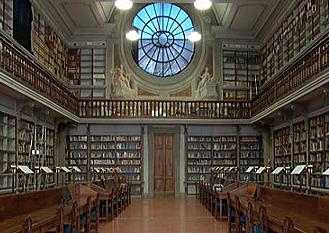
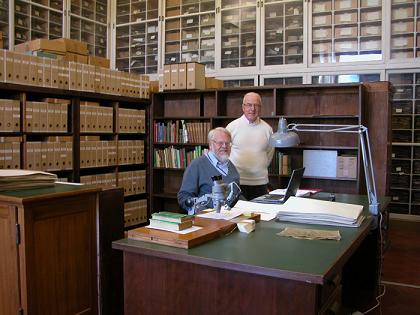
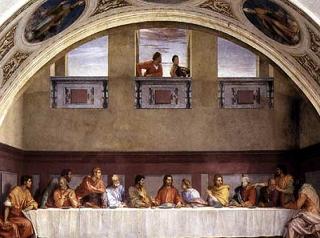
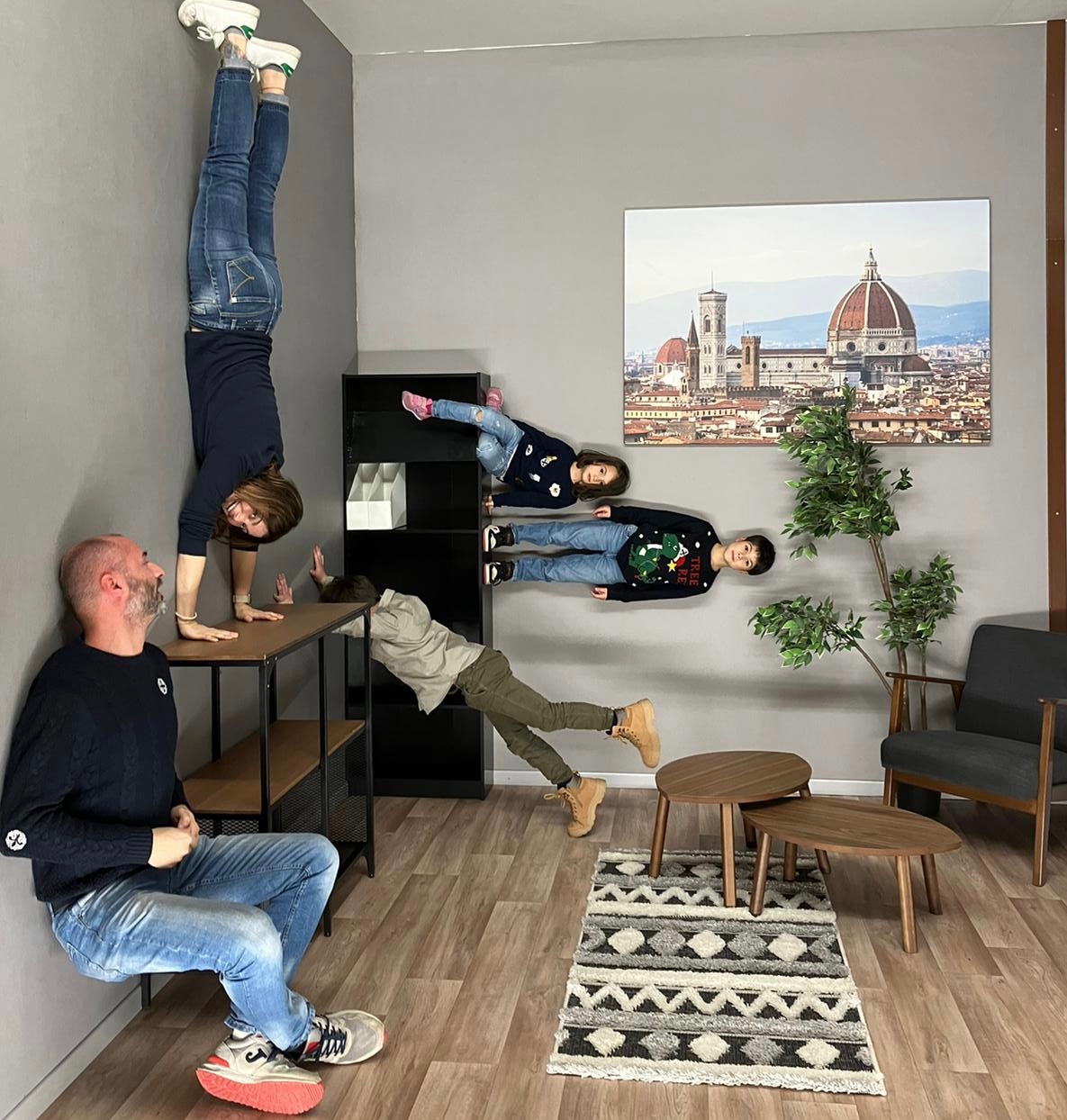
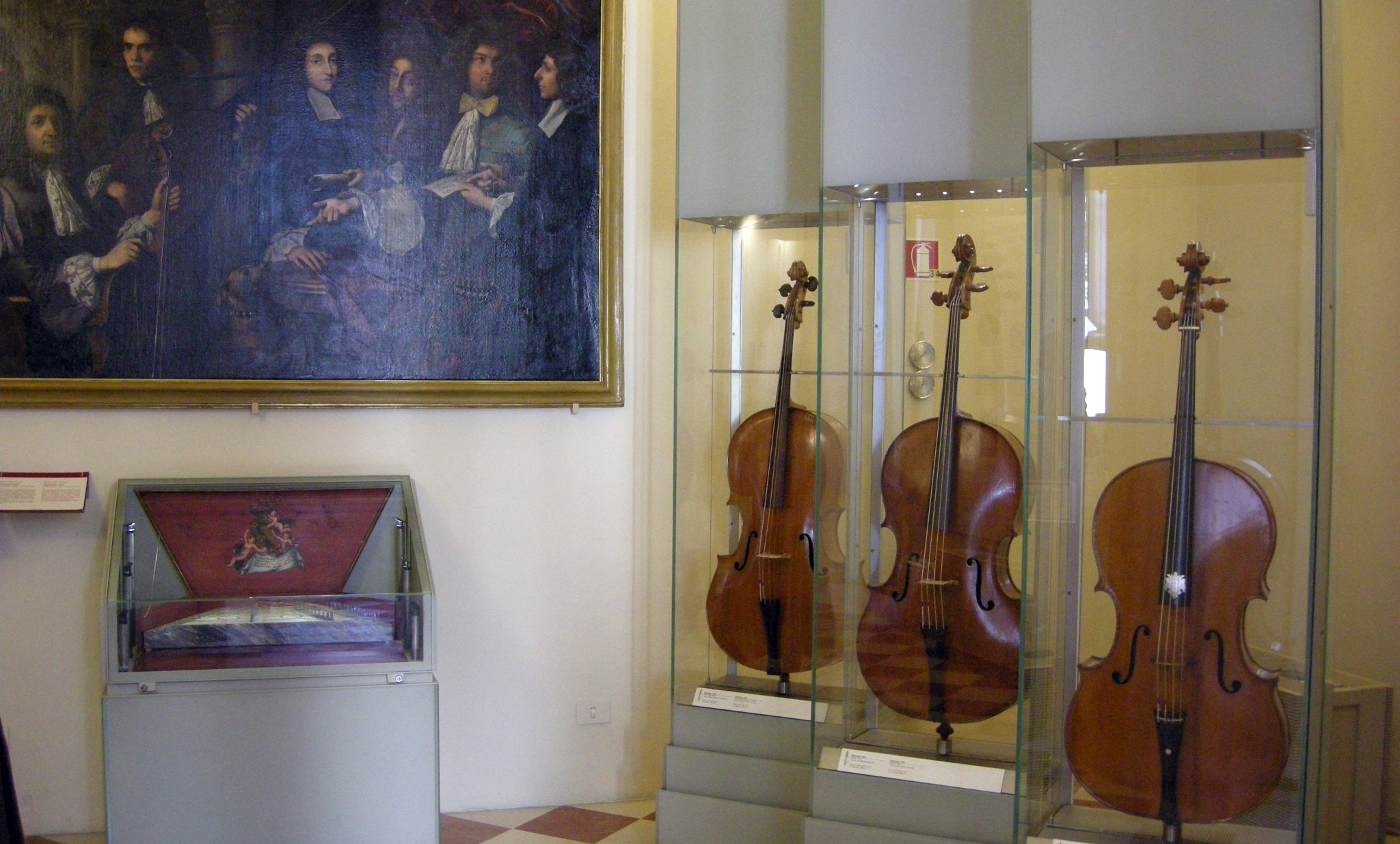
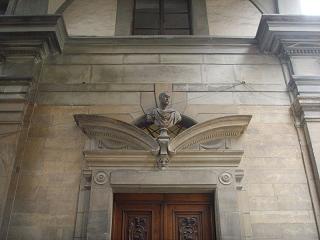
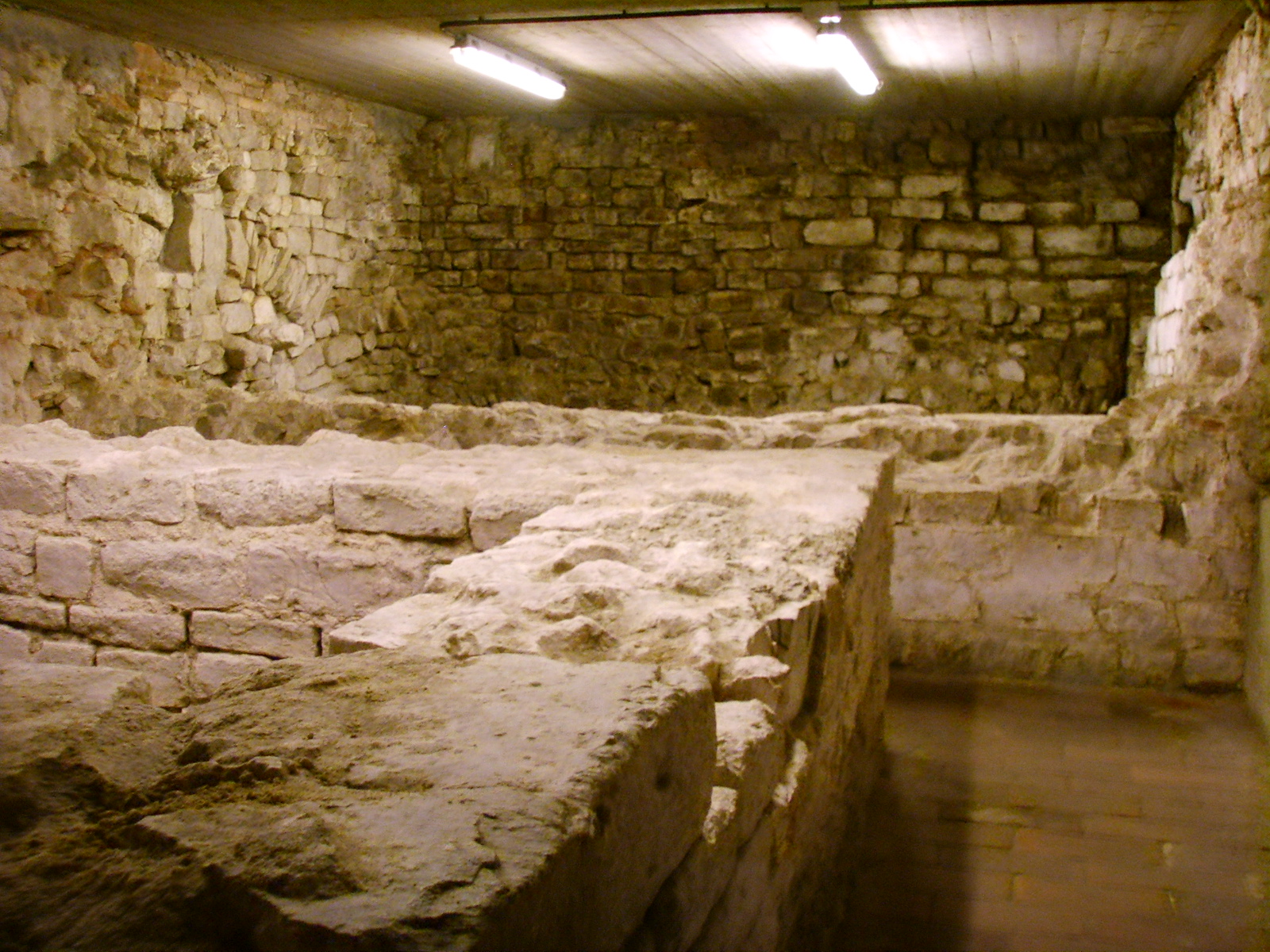
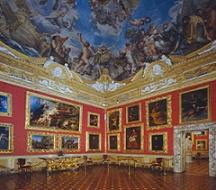
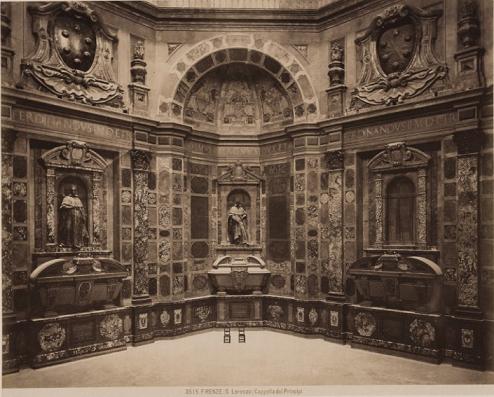

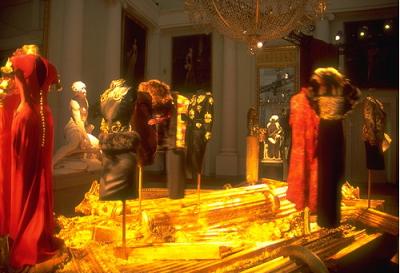



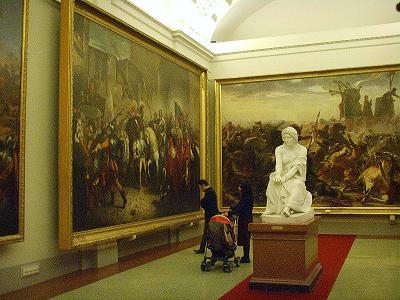
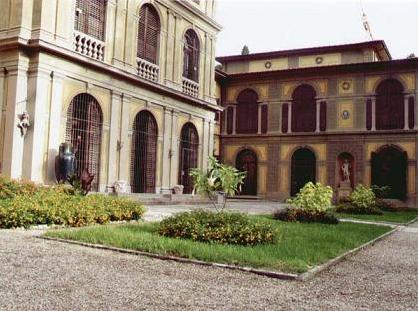


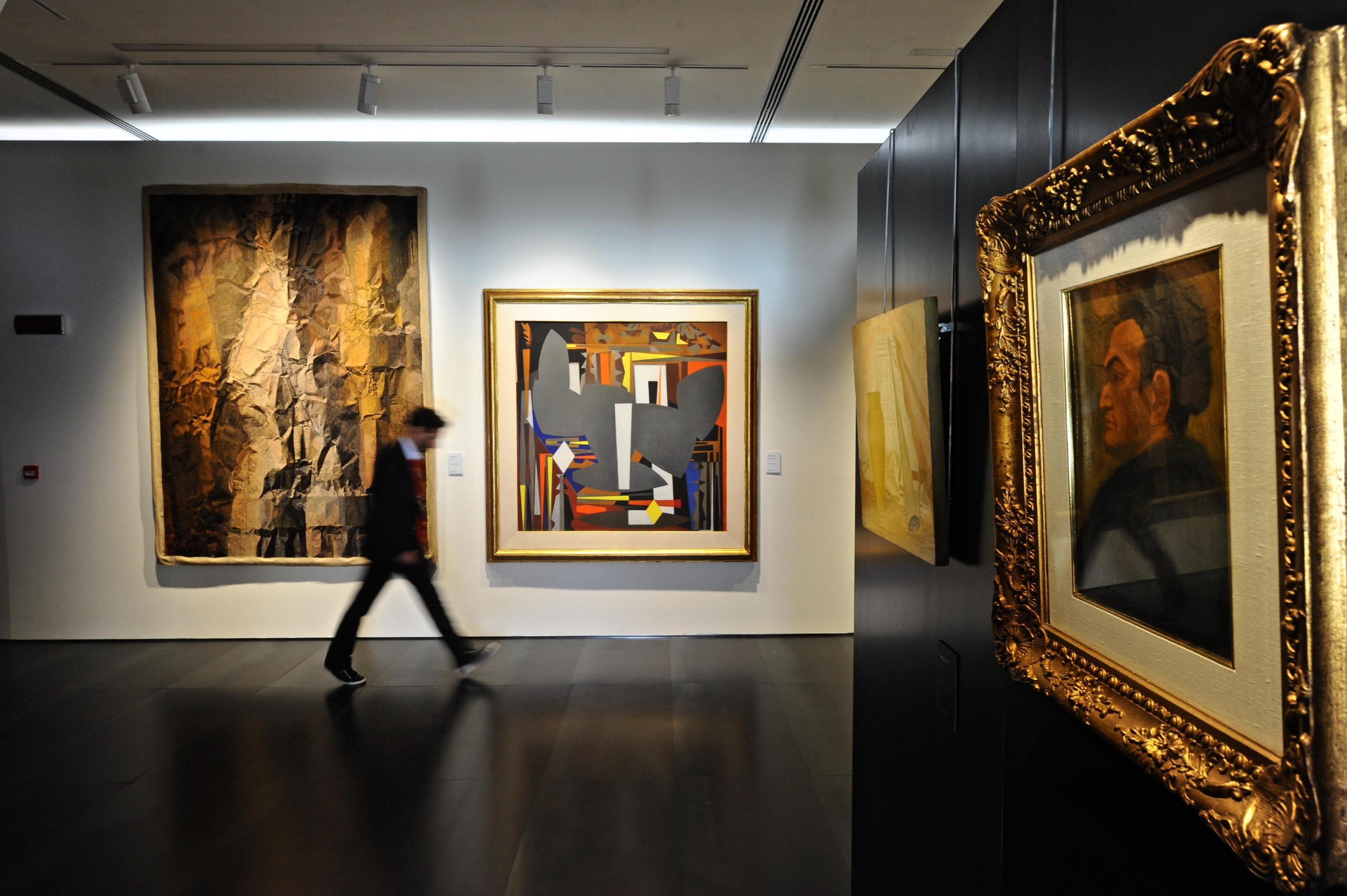
Comments